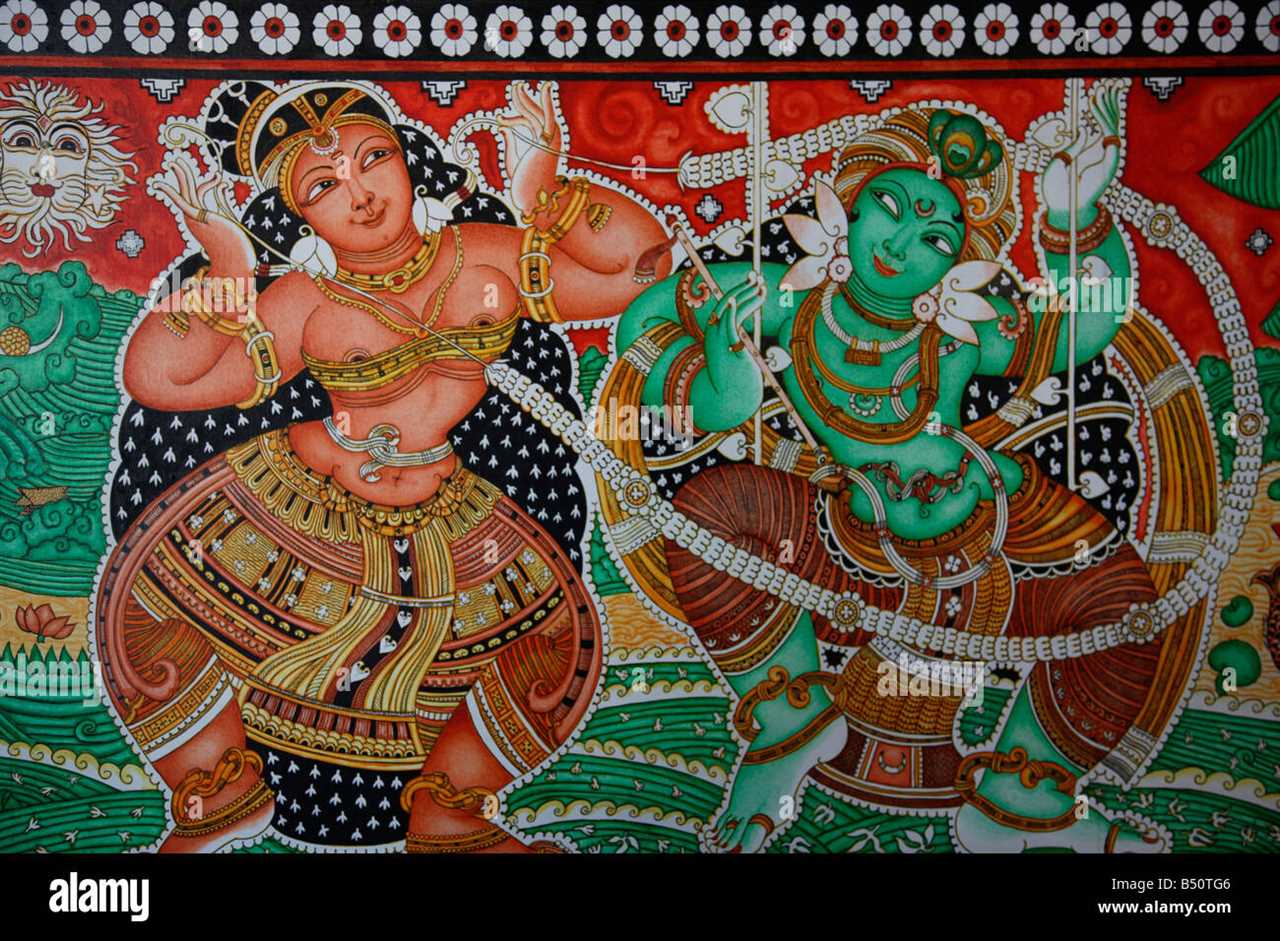
Another notable example of Indian mural painting is the frescoes of the Shekhawati region in Rajasthan. The region is known for its beautifully painted havelis (mansions) that are adorned with intricate and colorful murals. These murals often depict scenes from Indian mythology, local folklore, and historical events, and showcase the artistic skills of the local communities.
Mural painting in India is not limited to ancient or historical sites. The art form has evolved over the years and contemporary Indian artists continue to explore and experiment with different styles and techniques. Some artists use traditional motifs and techniques, while others incorporate modern elements and mediums into their work.
Overall, mural painting in India is a rich and diverse art form that reflects the country’s cultural heritage and artistic traditions. It continues to inspire and captivate people, both within India and around the world, with its beauty, storytelling, and artistic excellence.
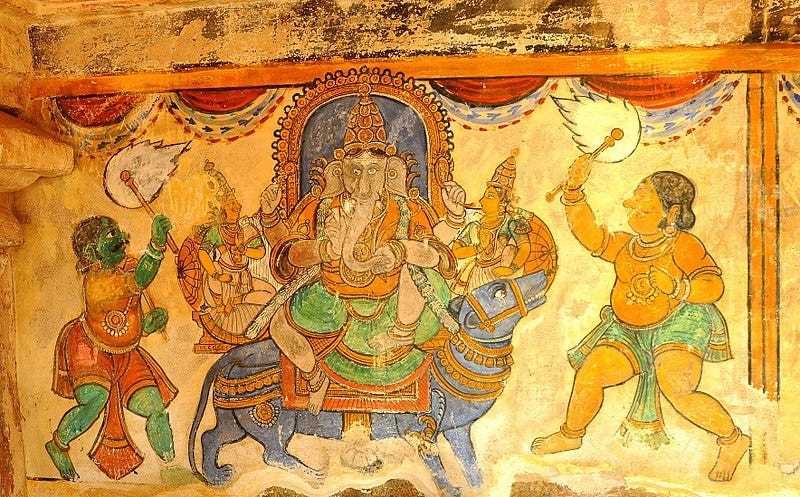
Mural painting in India has a rich historical background that dates back thousands of years. The roots of this art form can be traced to ancient times when cave paintings were first created by early human settlers. These cave paintings depict various aspects of life, including hunting scenes, animals, and religious rituals.
Over the centuries, mural painting evolved and flourished in different regions of India. The ancient city of Ajanta in Maharashtra is home to some of the most well-known and exquisite examples of Indian mural painting. The Ajanta caves, carved into the rock face, are adorned with intricately painted murals that depict scenes from the life of Buddha, Hindu mythology, and everyday life during that time.
During the medieval period, mural painting gained prominence in temple architecture. Hindu temples in South India, such as the Brihadeeswara Temple in Thanjavur, feature magnificent mural paintings that depict stories from Hindu epics like the Ramayana and Mahabharata.
Mural painting also thrived during the Mughal era, with the Mughal emperors commissioning artists to decorate their palaces and forts. The Sheesh Mahal in the Amber Fort of Jaipur is a fine example of Mughal mural painting, with its intricate mirror work and vibrant colors.
Today, mural painting continues to be a popular form of art in India. Artists incorporate traditional techniques and motifs, as well as modern designs, to create stunning murals that reflect India’s rich cultural heritage.
Artistic Techniques
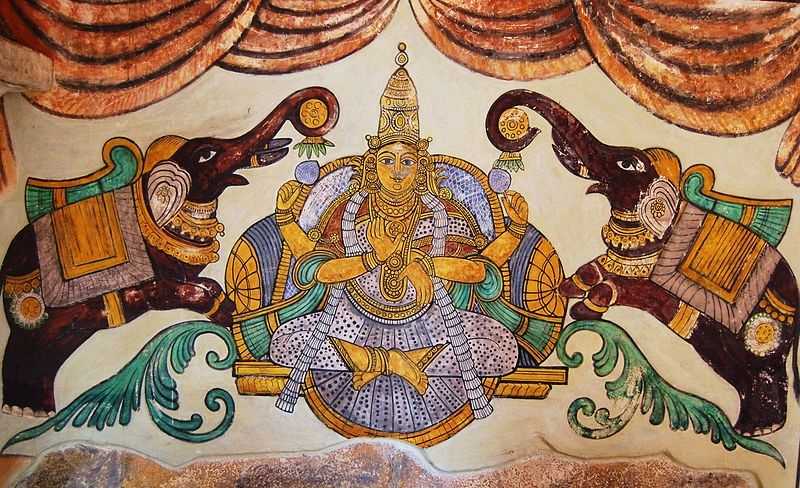
Mural painting in India is known for its rich artistic techniques that have been passed down through generations.
Fresco Technique
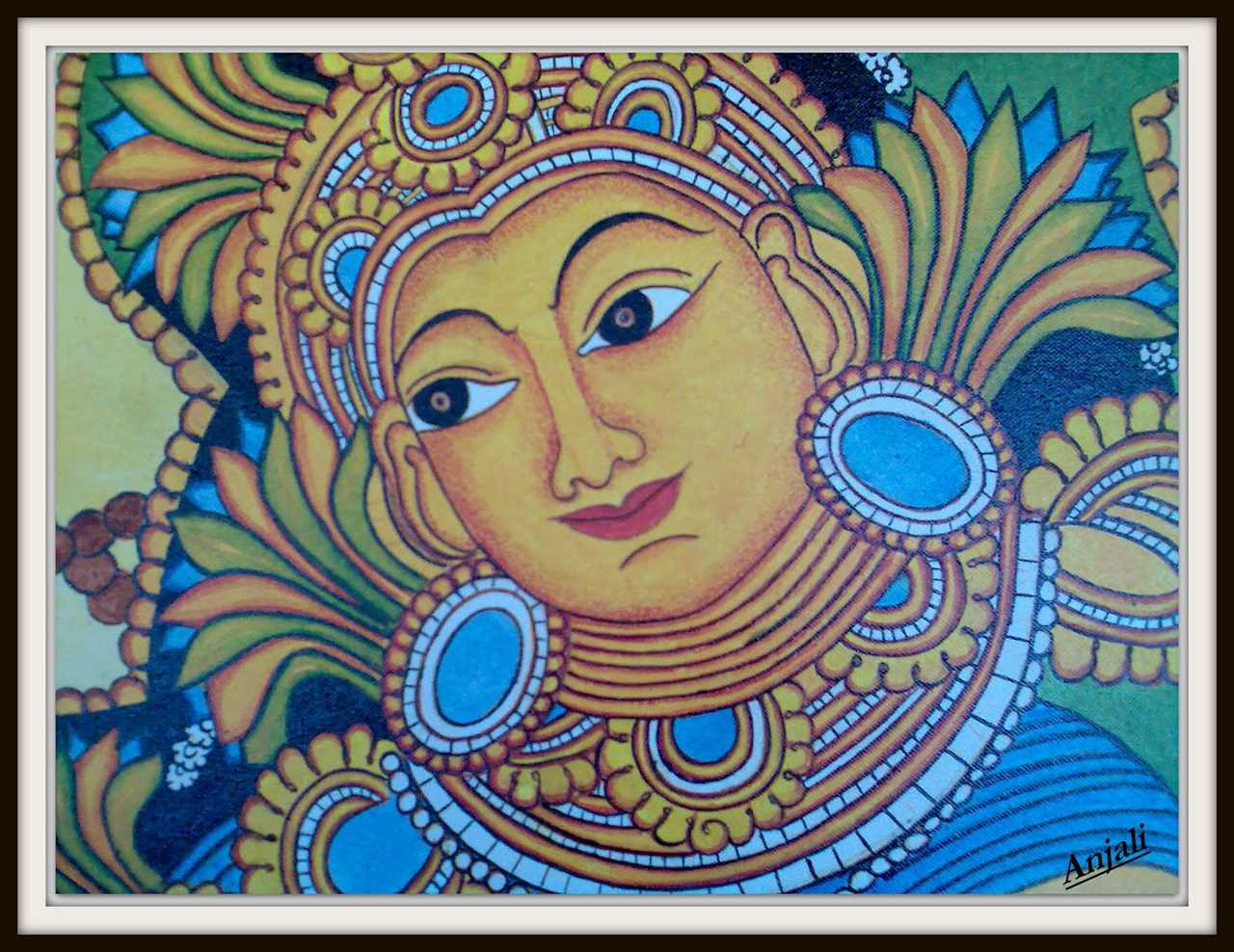
One of the most common techniques used in Indian mural painting is the fresco technique. This involves painting directly on wet plaster, allowing the colors to become embedded in the wall. This technique produces vibrant and long-lasting murals.
Mineral and Vegetable Dyes
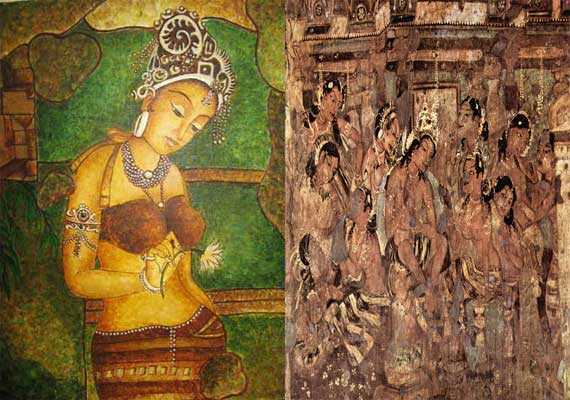
In addition to fresco technique, Indian mural painters also utilize mineral and vegetable dyes. These natural pigments are carefully prepared and then applied to the mural. The use of these dyes creates a unique and organic texture.
The colors used in Indian mural painting are often bright and bold, reflecting the vibrant nature of the culture. Earthy tones and gold leaf are also commonly used to add richness and depth to the murals.
Detailing
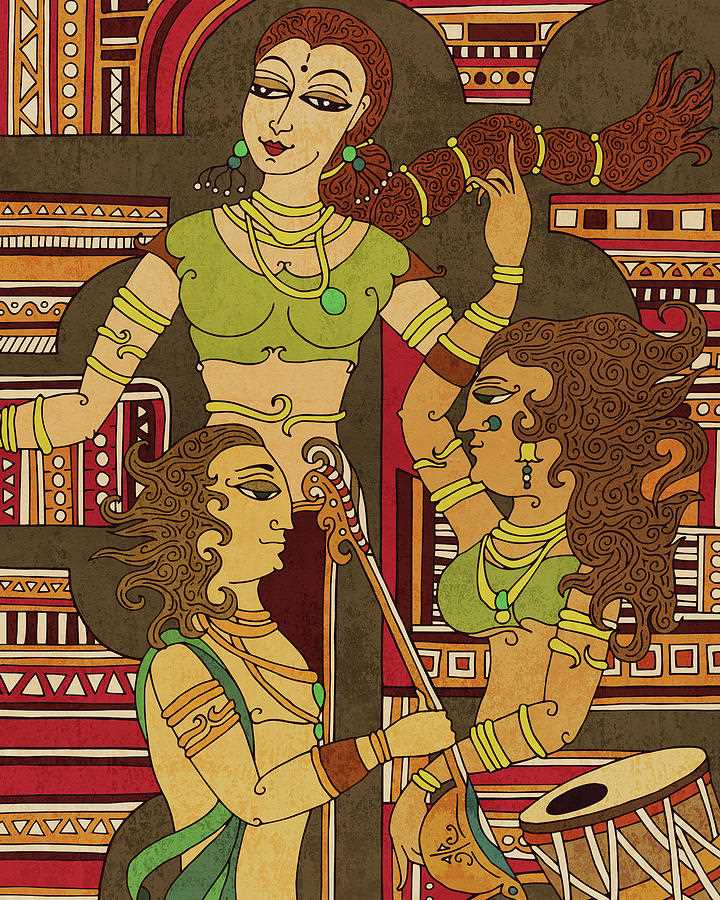
Indian mural painting is known for its intricate detailing. Artists pay great attention to every small detail, whether it’s the delicate features of a person or the intricate patterns in the background. This level of detailing adds a sense of realism and beauty to the murals.
Mural paintings in India often depict religious or mythological themes, showcasing the country’s rich cultural heritage. The use of artistic techniques helps bring these stories to life and create stunning visual experiences for viewers.
Religious Significance
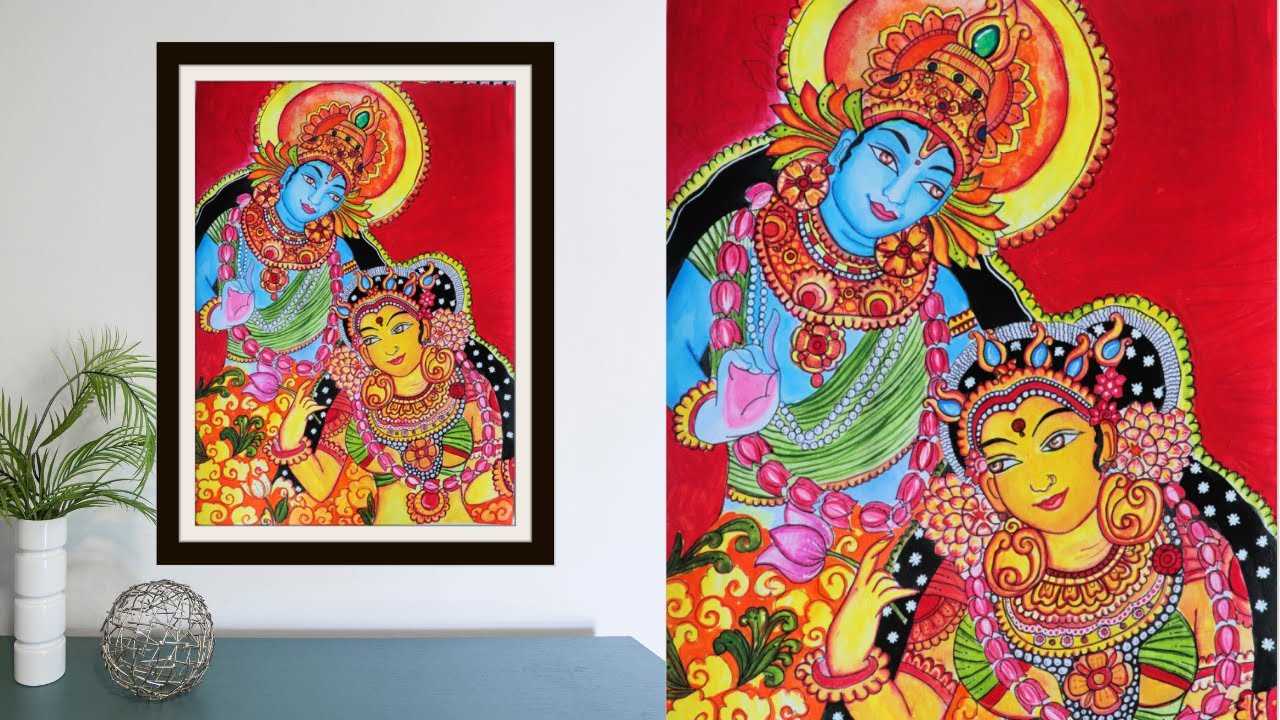
Mural painting in India holds immense religious significance. It has been used as a means to depict stories from Hindu mythology and scriptures, showcasing the beliefs and traditions of the people.
These murals often adorn the walls of temples, depicting scenes from various religious texts such as the Ramayana and the Mahabharata. They serve as visual aids for worshippers and are believed to invite the presence of the divine within the sacred space.
The vibrant colors and intricate details in mural paintings are representative of the rich symbolism and spiritual depth of Hindu religion. These artworks enable devotees to connect with the divine on a deeper level, serving as a medium for both worship and meditation.
The stories depicted in mural paintings often convey moral and ethical values while also serving as a source of inspiration and guidance for the individuals. They depict gods, goddesses, and mythical creatures, showcasing their power, virtues, and teachings.
Mural painting in India is considered a sacred art form and is believed to be a way to communicate with the divine. The process of creating these paintings also holds religious significance, with meticulous attention to detail, specific color choices, and traditional techniques being followed by the artists.
Preservation and Continuation
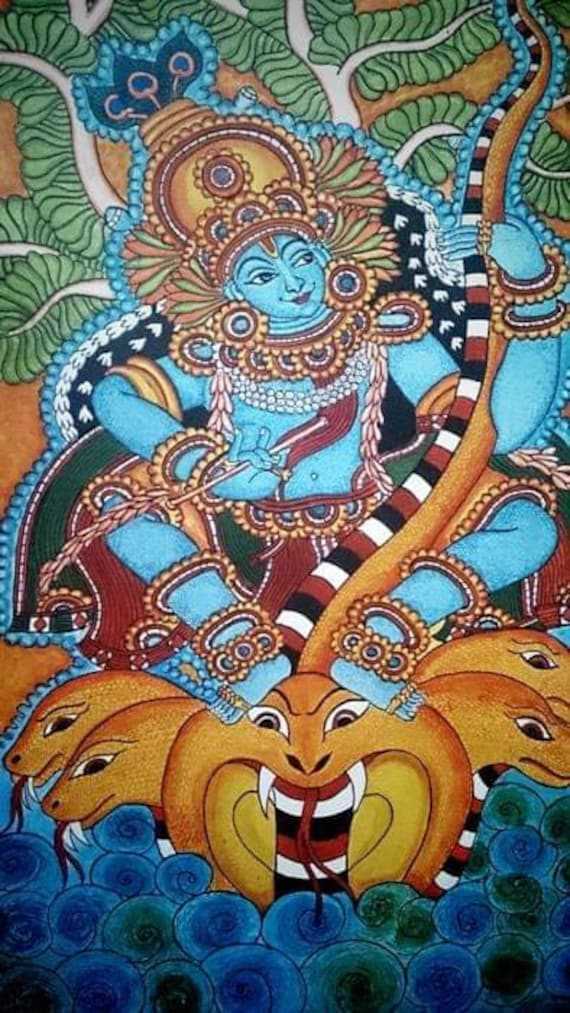
Efforts are being made to preserve and continue the tradition of mural painting in India. Many ancient temples and historical sites are undergoing restoration to safeguard these precious artworks.
Artists and organizations dedicated to the preservation of Indian art forms are also working towards the revival and promotion of mural painting. Workshops and training programs are conducted to train new artists and impart the knowledge of this traditional art form.
Symbolism and Devotion
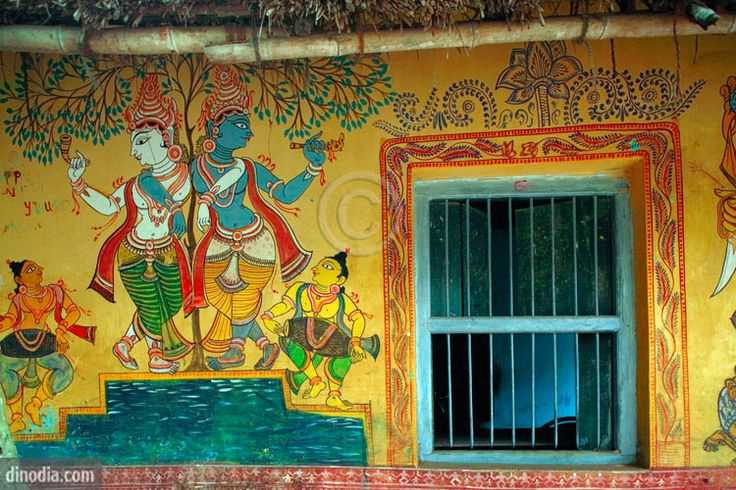
The religious significance of mural painting in India goes beyond its aesthetic appeal. These artworks symbolize devotion, spirituality, and the timeless traditions of the Indian culture. They continue to inspire and evoke a sense of wonder and awe among viewers, connecting them to the divine and the ancient wisdom of the land.
Preserving the Tradition
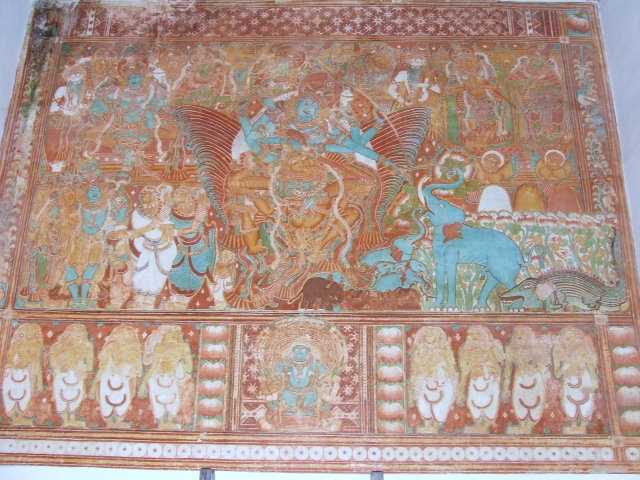
Mural painting in India is an ancient art form that holds great cultural and historical significance. It has been practised for centuries in various parts of the country, with each region having its own unique style and technique. However, in recent times, this traditional art form has been facing the threat of extinction.
In order to preserve this rich cultural heritage, efforts have been made to promote and revive mural painting in India. Various organizations and institutions have been actively involved in documenting and researching the different styles of mural painting and the materials used. This has been done to ensure that the traditional techniques are not lost and can be passed on to future generations.
One of the key challenges in preserving mural painting is the availability of skilled artists. As this art form requires intricate detailing and precision, it is important to have artists who are well-versed in the traditional techniques. To address this, training programs and workshops have been organized to train young artists and provide them with the necessary skills and knowledge.
Another important aspect of preserving mural painting is creating awareness among the general public. Many people are not aware of the cultural significance and historical importance of these artworks. By organizing exhibitions and workshops, people can get an opportunity to learn about this traditional art form and develop an appreciation for it.
The Role of Technology
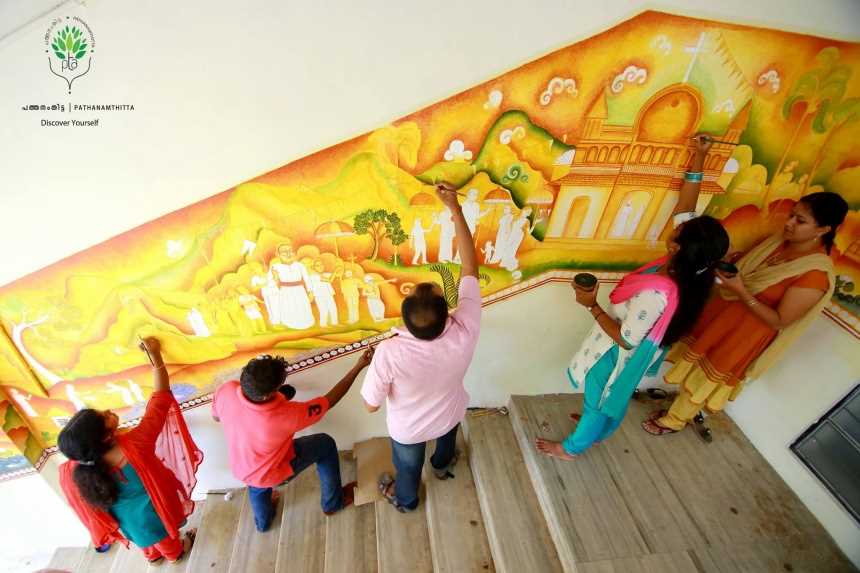
Technology has also played a crucial role in the preservation of mural painting in India. Digital documentation techniques have been used to capture the intricate details of the murals, ensuring that even if the physical artwork is damaged or destroyed, its essence can be preserved digitally. This not only helps in archiving the artwork but also makes it accessible to a wider audience.
Challenges and the Way Forward
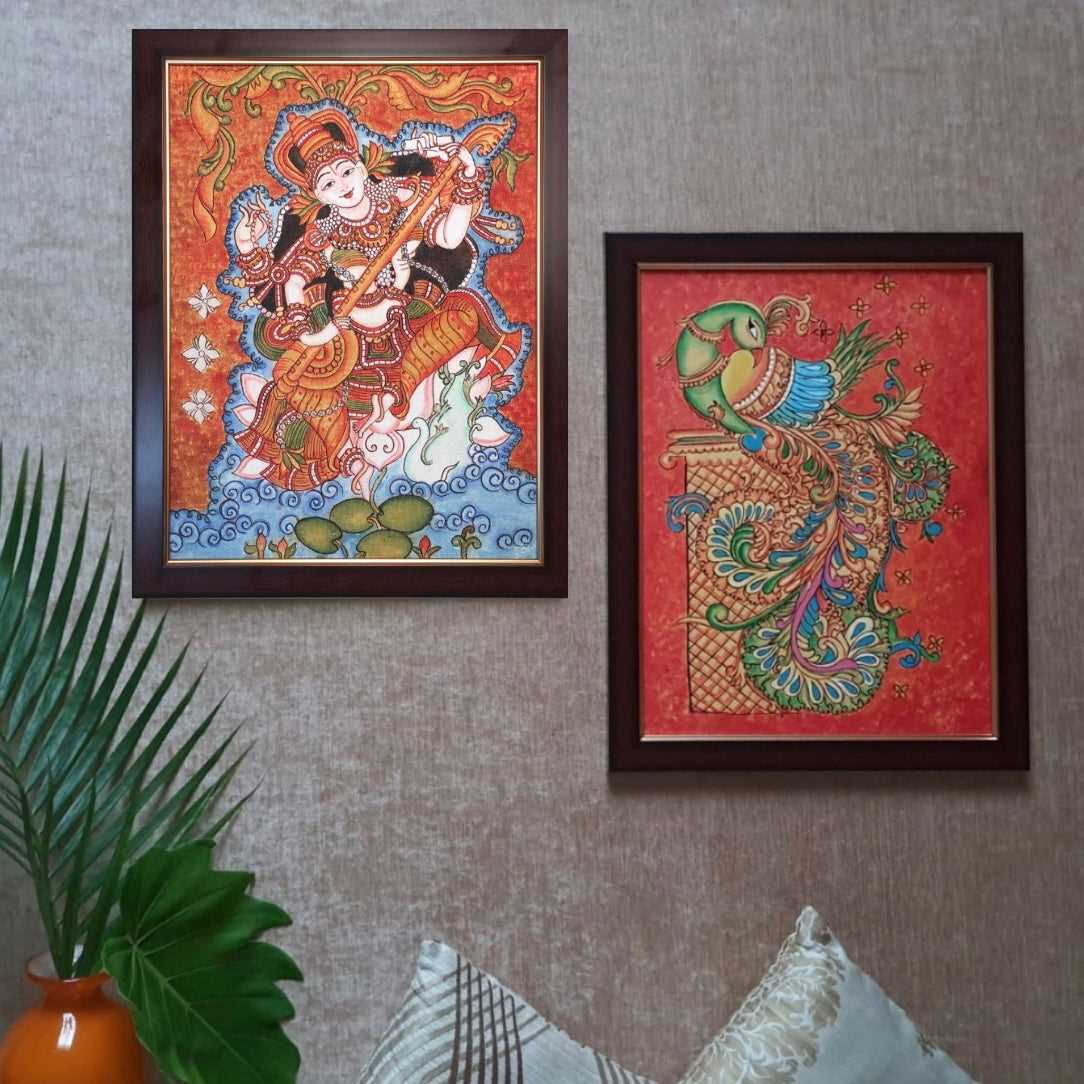
Despite these efforts, there are still challenges in preserving mural painting in India. The lack of resources, funding, and infrastructure restricts the progress in this field. Additionally, the changing societal values and preferences have led to a decline in the demand for traditional art forms like mural painting.
However, with continued efforts and support, it is possible to overcome these challenges and ensure the preservation of this ancient art form. By promoting education and awareness, encouraging young artists, and fostering collaborations between artists and institutions, mural painting in India can be kept alive for generations to come.
Contemporary Expression
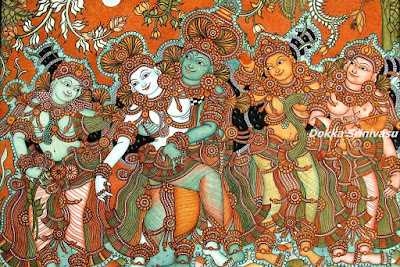
The mural painting tradition in India has also evolved and adapted to contemporary art practices. While traditional mural styles continue to be practiced, contemporary Indian artists have also begun to use murals as a medium for self-expression and social commentary.
Contemporary mural painting in India often explores a wide range of themes, including political activism, environmental issues, gender equality, and cultural diversity. These murals serve as powerful visual statements that engage with the present-day realities of Indian society.
Many contemporary mural artists in India also draw inspiration from street art movements around the world. They employ graffiti-like techniques and urban aesthetics to create large-scale murals that grab attention and initiate conversations.
Furthermore, contemporary mural artists in India are also experimenting with new materials and techniques to push the boundaries of the art form. They incorporate elements of mixed media, digital art, and 3D illusions to create immersive and dynamic mural experiences.
Through their innovative approach, contemporary Indian mural artists are not only reviving and reinventing this ancient art form but also using it as a medium to address pressing social issues, redefine cultural narratives, and contribute to the vibrant art scene in India.

I am a mural enthusiast and a fervent admirer of street art. Rather than creating murals myself, I am passionate about collecting them. My love for street art knows no bounds. I am dedicated to curating and cherishing these artworks that grace the streets. My collection stands as a testament to my profound appreciation for this form of artistic expression.
read about me



